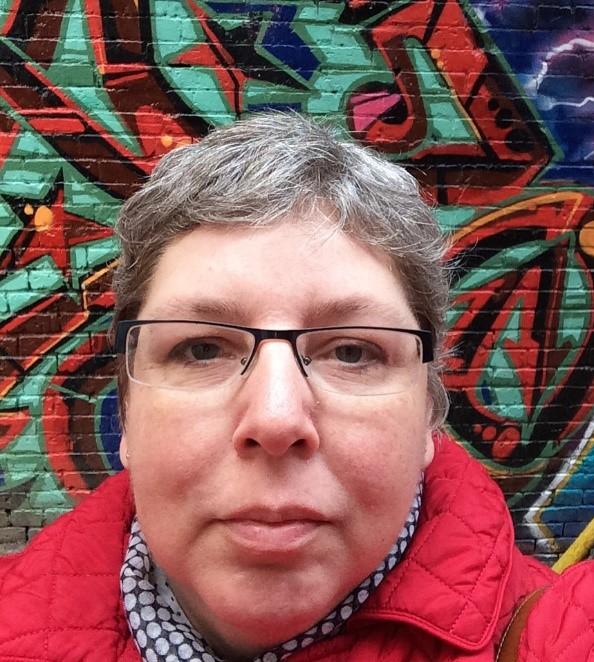A special issue of the Journal of Medical Imaging and Radiation Sciences features stories about the interpersonal skills beyond the technical aspects to care for and guide patients through medical imaging and radiation therapy procedures

Credit: Lelainia Lloyd
New York, August 10, 2020 – “I went into the MRI bracing for the wave of panic I knew would come as soon as I was strapped down and inside the machine.”
In “A Tale of Two MRIs” by patient Lelainia Lloyd, her experiences–good and bad–are shared as part of an upcoming special issue of the Journal of Medical Imaging and Radiation Sciences, published by Elsevier. This unique issue will feature stories about the interpersonal skills that medical radiation technologists must learn beyond the technical aspects to care for and guide patients through medical imaging and radiation therapy procedures. These skills–empathy, cultural competence, compassion–are not taught in a textbook. Rather they are gained through continuous learning on-the-job–and listening to patient voices is an essential part of that learning.
“I took the initial experience I had into every single MRI for years. Despite knowing that having the MRIs my neurologist ordered was important (not to mention hard to get), there were times when I would cancel because I just didn’t have the capacity to cope. People who have chronic and/or serious illness often carry trauma related to medical treatment of their illnesses. With each successive stressful experience I had, that anxiety and panic grew. When I finally met with compassionate, patient-centered care, it transformed my experience.”
The Journal of Medical Imaging and Radiation Sciences is the professional journal for medical radiation technologists–healthcare professionals that include radiological, nuclear medicine, and magnetic resonance imaging technologists and radiation therapists. This issue is special because it features the voices of patient authors.
Guest Editor Sue Robins, a patient and published author (“The Radiation Therapist and the Patient: Epiphanies, Stories, and Social Media”) has curated this issue as a learning experience for technologists and therapists and patients alike. As Lelainia recounts, “How you choose to engage with patients matters. These experiences stick with patients and color future interactions with healthcare professionals. Done correctly, this can move the experience of healthcare being something done to a patient to something done with the patient. It shifts the balance of power from hierarchical to cooperative and honors the patient’s right to autonomy.”
Lelainia’s eloquent story is a reminder to all healthcare professionals how crucial interpersonal skills are to patients.
###
Media Contact
Wendy Montalvo
[email protected]
Related Journal Article
http://dx.




